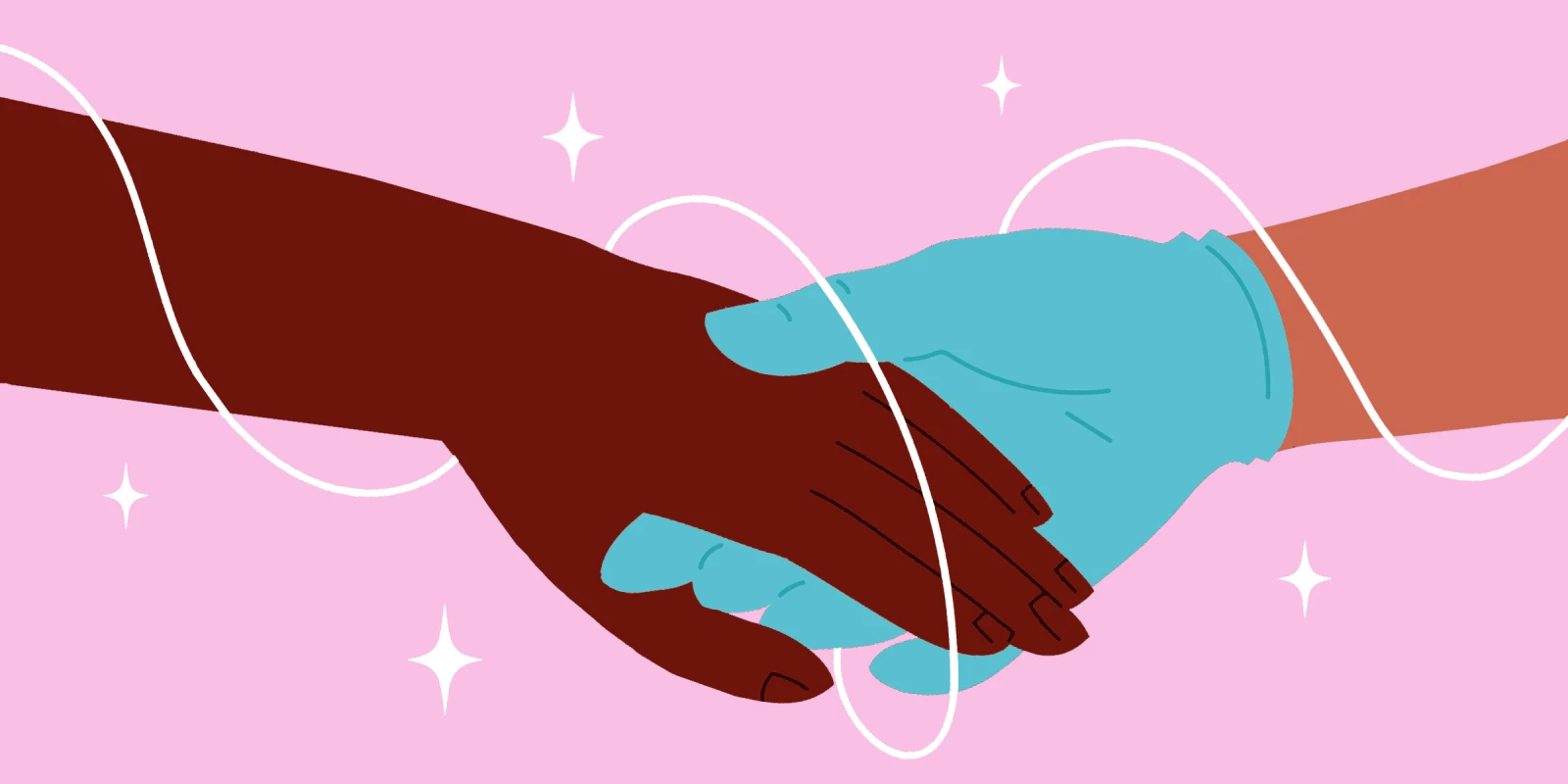I briefly read her chart before heading down with the intern to meet her in the ED. “Katie” was a middle-aged woman with poorly controlled Type 2 diabetes complicated by osteomyelitis, multiple toe amputations on both feet, and chronic kidney disease currently with a renal transplant. She had come to the ED early Saturday morning complaining of 10 out of 10 stabbing and shooting pain in her left toes.
Given her history, osteomyelitis was at the top of our differential. By the time we saw her, initial test results and imaging had been completed, and she had been started on IV vancomycin. Her white blood cell count was mildly elevated, erythrocyte sedimentation rate was normal, and foot X-ray did not show any evidence of osteomyelitis. So we began discussing alternate diagnoses as we headed to her room. When we met Katie, she was very pleasant but in obvious pain, even writhing at times as if an electric shock was ripping through her body.
She had already been informed of the X-ray findings by the ED team and told us: “I know the X-ray is negative but I know my body. The last time I had pain like this it was osteo. The X-ray didn’t show anything then either and nobody listened to me and kept sending me home on pain meds. I don’t like pain meds; Dilaudid makes me sick and other ones hurt my kidney. It wasn’t until my foot got so bad and swollen that they did an MRI and finally saw it. By then it was so infected they had to cut off a lot more than just my toe; and then it got infected and they had to operate again. Please listen to me — I’ve been telling them here from the start I need an MRI for this; an X-ray won’t cut it. I don’t want what happened last time to happen again. If I have to lose my toes, fine, but I don’t want to suffer like I did last time. Please!”
There were at least three instances where Katie’s passionate plea was punctuated by a shooting pain jolting through her, but she remained composed as she articulated her prior experiences. Given her personal experience and past medical history, we ordered the MRI.
The team and I also discussed how discouraging Katie’s prior experience had been, and how there have been multiple studies showing that the pain of Black patients, especially Black women, is not taken as seriously as other cohorts, often leading to worse clinical outcomes.
I was fortunate to be able to follow Katie for the next week. Her MRI did come back confirming osteomyelitis, and the vascular surgery team placed her on their schedule later in the week for a toe amputation. While we were waiting for her surgery to take place, we tried to manage her pain (as she only tolerated acetaminophen and developed altered mental status with opioid-class medications), keeping a close eye on the function of her transplanted kidney with nephrology, and working with pharmacy to ensure her vancomycin dosing was in the appropriate range. Katie was generally in good spirits throughout this time, always greeting us with a warm smile.
But then, the morning of her surgery, not only had her vancomycin level jumped up but its nephrotoxic effect had reduced her kidney function such that her surgery had to be postponed. We were now all worried about the status of her transplantation. Katie was understandably upset when the senior resident informed her. But thankfully, over the next few days, Katie’s kidney function improved and she was able to undergo surgery. Given her prior sensitivity to pain medications, I closely monitored her surgery and went to check on her as soon as she was transferred back to her room.
I was alarmed to see her sitting upright, crying loudly with her nurse next to her. In spite of everything she had been through so far, I had never seen her express this much emotion until now. “Katie, what’s wrong? Are you in pain?” I asked, scanning the room urgently trying to figure out what was awry.
I am not exactly sure what I was expecting her to say, but I certainly did not expect her to say, between sobs, “They took … my hair tie! First… my toe has osteo … then my kidney … gets hurt, and now … my hair’s … a mess!”
I almost smiled a little from relief; finally, a problem I could solve. Confirming that her vitals were normal and she was medically stable, I updated the team, then popped over to a nearby store to get her a pack of hair ties. I cannot overstate the joy in her face when I gave them to her. When I came in to pre-round on her the next day, her hair was tucked into a neat ponytail and she greeted me happily.
When patients are admitted to the hospital, they give up so much: their families, their normal food, their bed, their clothes, and often, even their names, as they are reduced to a diagnosis and room number. Giving Katie a small part of her autonomy back, through a pack of hair ties, showed me how much happiness a seemingly trivial act can bring.
What impact can small acts of kindness have on patient care? Share your experiences in the comment section.
Noor Shaik is an MD/PhD student at Sidney Kimmel Medical College at Thomas Jefferson University.
All names and identifying information have been modified to protect patient privacy.
Image by fedrelena / Getty







